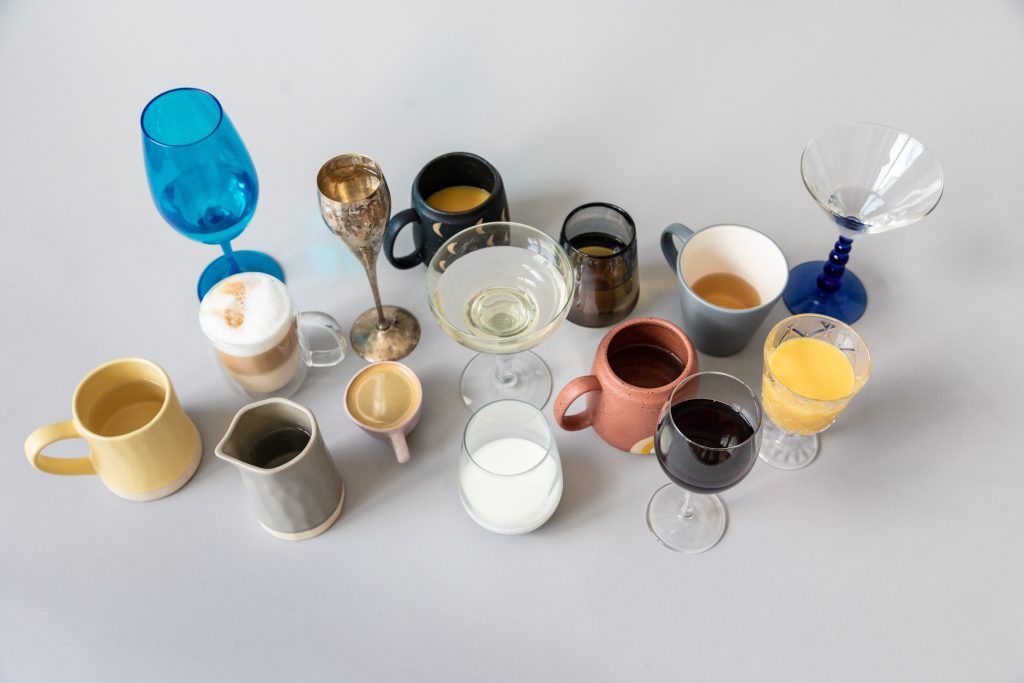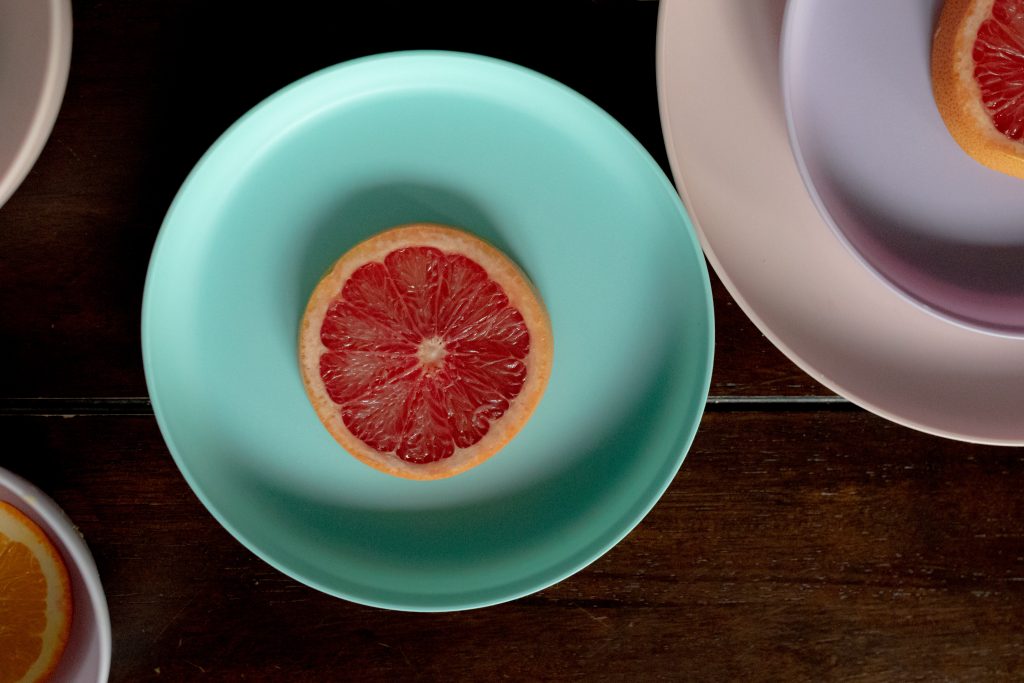An incredible amount of thought goes into designing the ideal coffee cup. Weight for heat retention, mouth width to increase aroma, inner bowl shape for getting that perfect pour, ergonomics for comfort–all are considered to enhance the overall coffee drinking experience. But recently, a group of psychologists have produced evidence that even the color of the mug is important. (Published in the journal Flavour)

Researchers asked participants to rate the flavor characteristics of the same coffee in three different colored mugs – one white, one blue, and one clear. The results showed participants rated the coffee as having a more intense, less sweet taste when they drank out of the white mug than when they drank out of the blue and clear mugs. It is believed contrast in color played a strong role in the taste perception of each coffee. Brown coffee may appear more intense in color when in a white mug, which could be why it was thought to be less sweet in taste. This theory suggests a white mug may be a better choice for consumers who enjoy more bitter-tasting coffee, while certain colored mugs may be a better choice for consumers who enjoy a sweeter cup of coffee.

The reason?
Humans tend to associate color with flavor and white is associated with bitterness. The brown color of the coffee “contrasts” significantly with a white drinking apparatus. Conversely, drinking from a clear cup enhances a drink’s “perceived sweetness.” Blue mugs apparently amplify both sweetness and bitterness, so the brew just tastes stronger overall.
So, café owners, baristas, as well as crockery manufacturers should carefully consider the color of the mug and the potential effects that its color may exert over the multisensory coffee drinking experience.
Color does not just affect the perception of coffee taste. In another study, the color of plates was shown to influence the perception of strawberry mousse. Participants in this study rated the mousse as having a sweeter taste when sampled from a white plate than when sampled from a black plate.
The role color plays in our perception of taste have long been researched to better understand the purchasing behavior of consumers. For dinnerware and packaging manufacturers, producing the right shade of color for products could sweeten the pot and increase sales.





